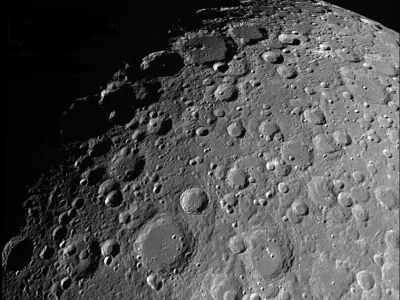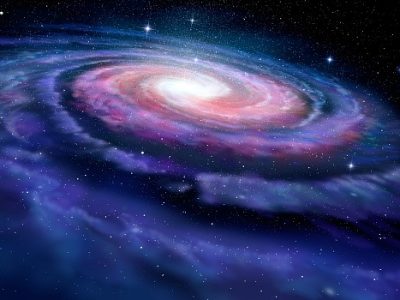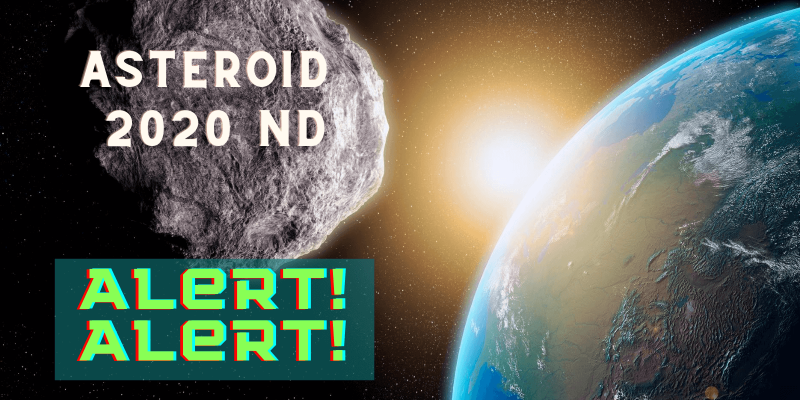
Asteroids are little, miniature, generally small-rocky objects that revolve around the Sun and mostly found between in the asteroid belt between Mars and Jupiter. The term asteroid was coined by the famous astronomer William Herschel in 1802, because of their visibly “star-like” appearances.
The first asteroid, Ceres, was discovered a year ago in 1801 by Giuseppe Piazzi. Ceres, also the largest known asteroid, had a gigantic size of 933 kilometers across. Currently, there are more than 8,30,000 known asteroids in our solar system. Most asteroids are different in shape because they are too small to exert enough gravity to become spherical. Some asteroids are blown out comets. When the ice is disappeared, all that remained is in the rock material. According to scientists, the collision of the asteroid about 65 million years ago caused a chain reaction that led to the extinction of the dinosaurs and affected all life on Earth.
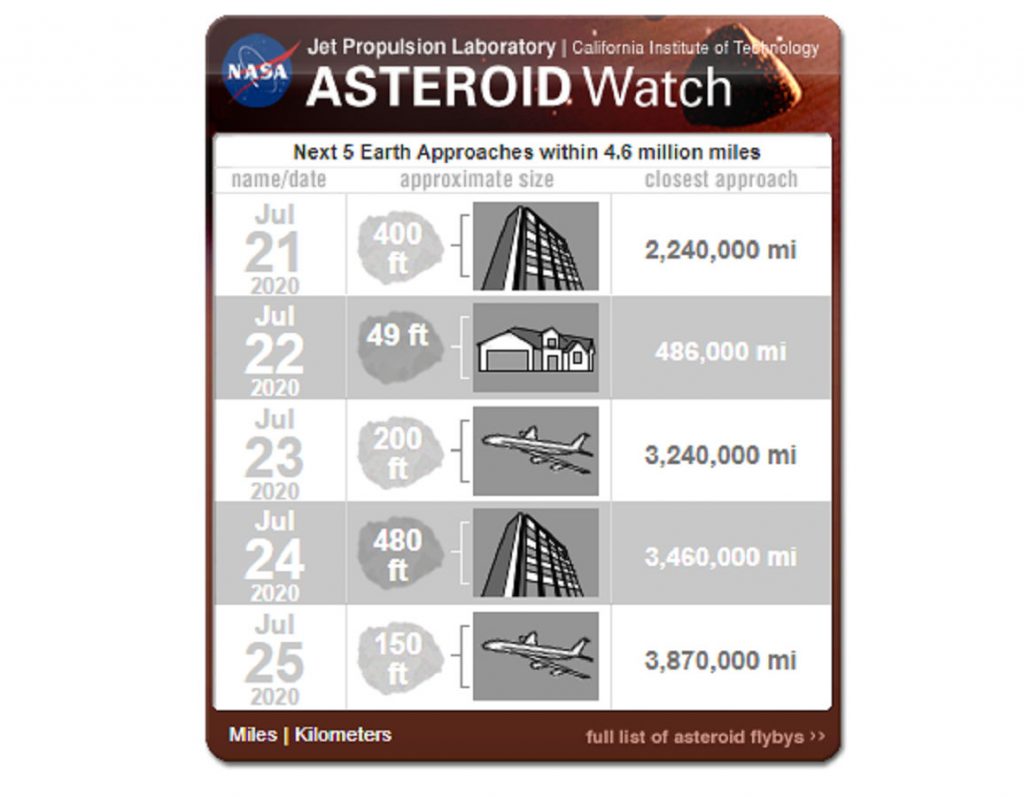
Asteroids that come really close to the Earth are no longer very difficult to track – thanks to NASA’s Centre for Near Earth Object Studies (CNEOS) initiative, operated by the Jet Propulsion Laboratory (JPL) – which maintains a publicly available data sheet of near-Earth asteroids, including both historic data, as well as asteroids that are expected to fly past Earth in relatively close quarters. Any asteroid that has a minimum orbit intersection distance (often called MOID) of less than 0.05 AU (~7.5 million km) coupled with a visual magnitude (denoted as H) of 22 or above, is classified as a ‘potentially hazardous’ asteroid, although it might not necessarily mean any threat to life on Earth.
*An astronomical unit is equal to 150 million kilometers, that is, the distance between the Earth and Sun
Asteroid 2020 ND
An asteroid named 2020ND, almost 260 metres in diameter and coming close to Earth has been classified as Potentially Hazardous Asteroid (PHA). The Asteroid 2020 ND has been labeled as “potentially dangerous” due to its massive size and trajectory coming within 0.034 astronomical units of our planet (AU), on Saturday July 24, 2020. On Saturday, 24th of July, the asteroid will be approaching our planet at a distance of about 5.57 million kilometers at its nearest orbit intersection with Earth, traveling at an astonishing speed of 13.5 kilometers per second or 48,000 kilometers per hour.
According to the data from NASA, the first records of Asteroid 2020 ND approach to Earth occurred on July 17, 1945. The asteroid has since passed by the planet four more times and will now cross us again on July 24, 2020. After July 24, it is set to blow past Earth in 2035, then 2074, and then 2145 and so on.
Even though classified as Potentially Hazardous – the Asteroid 2020 ND is in all likelihood quite a safe distance away from Earth.
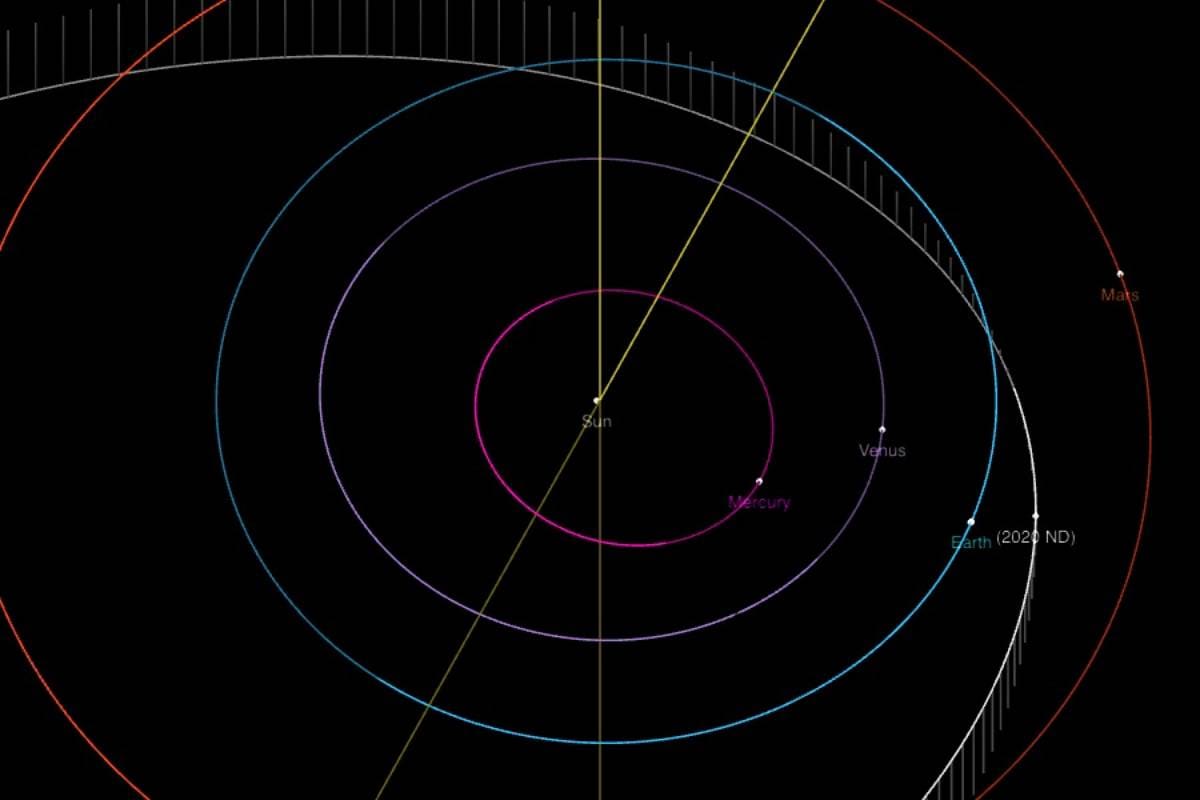
Asteroid 2020 ND’s trajectory around Earth. Photo courtesy: NASA
There are almost 1 million known asteroids– however most of these don’t pose any threat to the Earth. The ones that are larger than 30 meters could cause significant damage to our planet. Each year there are said to be around 30 small asteroids that hit the Earth but do not cause major damage on the planet.
In coming months, 48 asteroids of varying sizes, are slated to approach Earth at a minimum orbit intersection distance of less than 0.05 AU (approx 7.48 million km).
These celestial Near-Earth objects like asteroids and comets are attracted by the gravity of nearby planets, causing them to enter vicinity of the earth. There is a huge scientific interest in asteroids and comets due to having been formed at the time of solar system, about 4.6 billion years ago. Today’s asteroids are mostly sporadic fragments left over from the initial coalescence of inner planets including Mercury, Venus, Earth, and Mars.
Even if many asteroids are classified as PHAs – it does not necessarily mean it will impact Earth. It only means there is a possibility for such a threat. By monitoring these PHAs and updating their orbits as new observations become available, we can better predict the close-approach statistics and thus their Earth-impact threat.
Asteroid 2020 ND, as mentioned earlier – will have its closest approach at 5,570,000 km from Earth. To offer some context on the distance, average distance between Earth and Moon is 385,000 km. So, the asteroid is pretty far away from Earth to do any harm and will safely fly past Earth, as it has done at least five times before as per NASA records.



